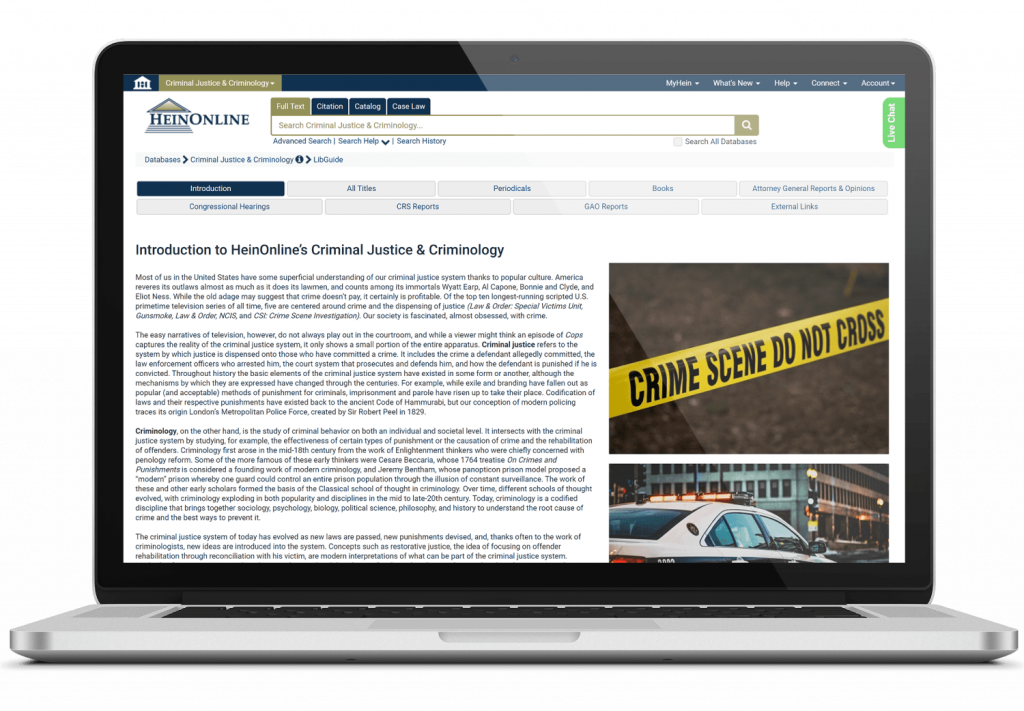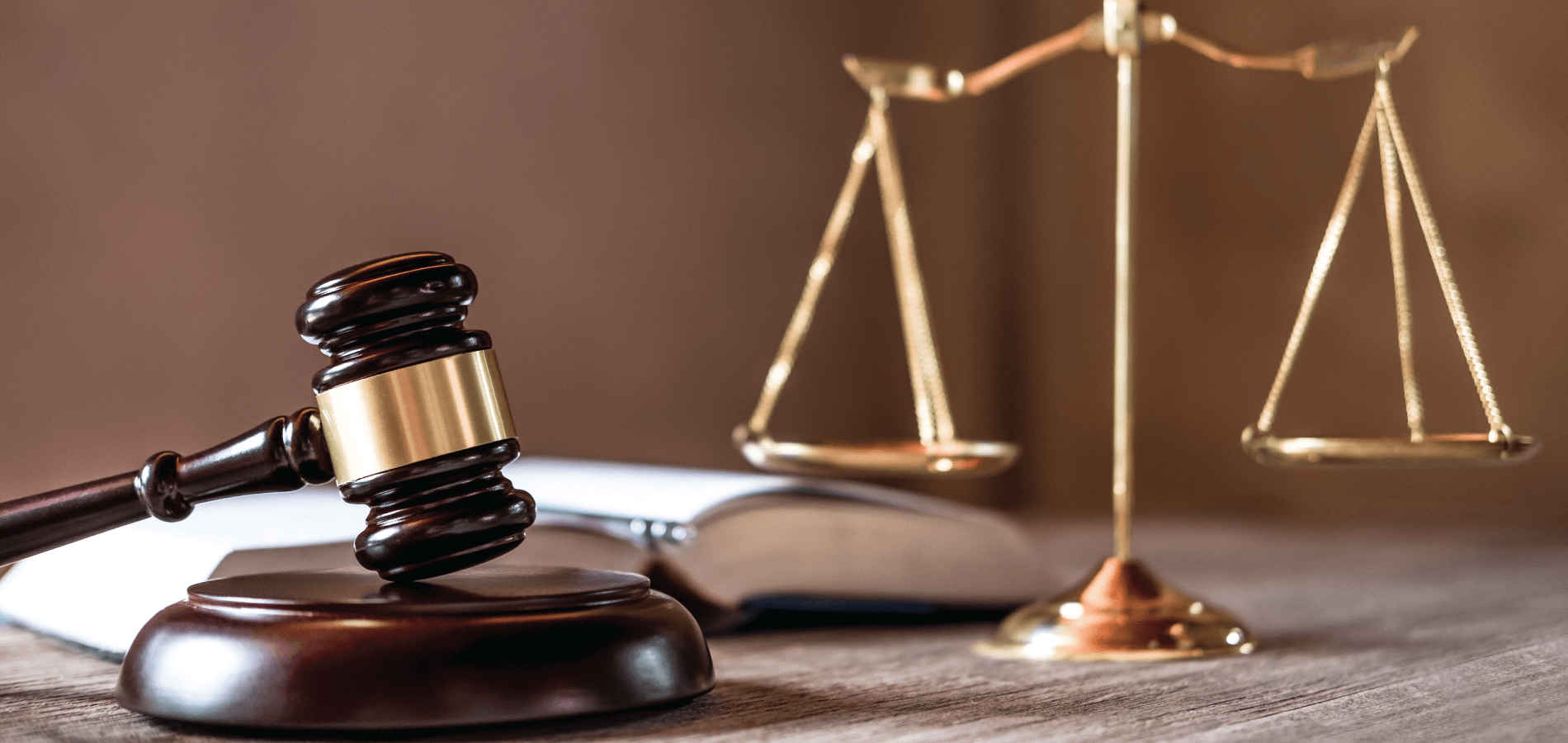In the past week, peaceful protests, violent riots, and spontaneous looting have erupted across the United States in the name of George Floyd, a black man who recently died following an altercation with the police. Many engaging in these both lawful and unlawful protests do so to stand against police brutality and to stand with the Black Lives Matter movement.
Racial disparity in the use of lethal force by law enforcement has been a recurring point of contention for the United States. Before diving into this recent development, read up on the hot topic in this previous blog post.
The Death of George Floyd
The Initial Encounter
On May 25, a worker at a Minneapolis deli called 911 claiming that a man had used a counterfeit bill to buy a pack of cigarettes. According to the call transcript, the employee claimed that the man appeared “awfully drunk” and unable to control himself.
A few minutes later, two police officers—J. Alexander Kueng and Thomas Lane—approached the accused, an African American man who, despite being allegedly under the influence, remained in the driver seat of his vehicle. After ordering the man to put his hands on the wheel, the officers pulled him out of the vehicle and restrained him with handcuffs. Upon taking the man’s information, the officers soon discovered that the man was George Floyd, a Texas native who had previously had run-ins with the police.
Altercation With the Police
Lane and Kueng began to move Floyd into the police vehicle. As shown by security footage and later reports, Floyd stumbled on the way to the car, claimed he was claustrophobic, told the officers that he could not breathe, and repeatedly refused to enter the vehicle. At around this time, Officers Derek Chauvin and Tou Thao arrived on the scene as backup. Both officers had had several complaints filed against them, ranging from concerns about demeaning tone and derogatory language to the use of unreasonable force.
Chauvin and Thao approached the police officers who, according to the footage, were still struggling with the uncooperative man. Chauvin eventually pulled Floyd out of the backseat and onto the street. Witnesses began to film as all four officers gathered around the subject who was lying face down on the road. Three of the officers, including Chauvin, applied pressure to Floyd’s body in an attempt to pin him down. Chauvin used his knee to apply pressure specifically to Floyd’s neck, a standard restraint outlined in Minneapolis police department policies for use with an actively aggressive or resistant subject.
Floyd repeatedly called out that he couldn’t breathe, and officers called for medical assistance. While they waited, Chauvin continued to maintain the neck restraint. Bystander footage shows that at a certain point, Floyd’s eyes closed and he appeared to be unresponsive. Chauvin released pressure when the medics were prepared to strap Floyd onto a gurney. In total, he maintained the neck restraint for nearly 9 minutes.
Death, Autopsy, and Aftermath
Soon after being taken in an ambulance, Floyd went into cardiac arrest. He was later pronounced dead at a nearby hospital. Two autopsies were ordered to determine the cause of death—one by Floyd’s family, and one by the Hennepin County Medical Examiner. Floyd’s family’s autopsy declared his death a homicide due to asphyxiation caused by Officer Chauvin.
The Medical Examiner released a conflicting report—though also declaring the death a homicide, it stated that Floyd died due to “cardiopulmonary arrest complicating law enforcement subdual, restraint, and neck compression.” The Medical Examiner also noted that Floyd suffered from other significant conditions, including existing heart disease, fentanyl intoxication, and recent methamphetamine use.
All four officers involved were fired soon after the incident. Officer Derek Chauvin (a white man) has been accused by many of employing excessive force—and some say lethal—on a subject simply due to his race. Chauvin was later charged with third-degree murder and second-degree manslaughter, charges which outraged many and led to both peaceful protests, violent riots, and looting in several cities across the U.S. Many of those involved in the protests have promoted or claimed affiliation with the Black Lives Matter movement. As of a few days ago, Chauvin’s charges were upgraded to include second-degree murder, and the other three officers involved now face charges of aiding and abetting murder.
Researching Police Brutality and Racial Disparity in HeinOnline
The topics of Black Lives Matter, racial profiling, and police brutality are naturally entangled with emotion, and are therefore uniquely divisive. Thorough research and an unbiased understanding of the subject matter are just some of the ways to bridge the gaps. To research criminal behavior, the criminal justice system, and the societal context of crime, visit HeinOnline’s newly revamped Criminal Justice & Criminology database.

Enter the Criminal Justice & Criminology database and begin by performing a full-text search for “police brutality” OR “police abuse”. This search will bring up any material within the database that mentions either term. Utilize the unique subject-coding within this database to refine the search using the Subjects facet on the left-hand side. In the example below, we’ve refined the search to include only those results categorized under “Law Enforcement.”
Users will notice hundreds of relevant results, including:
- Perspectives on Policing
- A Conceptualization of Militarization in Domestic Policing
- Do Good Recruits Make Good Cops: Problems Predicting and Measuring Academy and Street-Level Success
- Exploring the Dimensions of Public Attitudes toward the Police
In addition, find several relevant congressional hearings by limiting the Document Type to “Congressional Hearings.”
Try another full-text search to locate resources on racial profiling. Enter “racial profiling” OR “racial disparity” into the search bar and refine again by “Law Enforcement” to view results like these:
- Recent Police Killings in the United States: A Three-City Comparison
- Testing for Racial Profiling with the Veil-of-Darkness Method
- Focal Concerns and Police Use of Force: Examining the Factors Associated with Taser Use

Want to expand your search to include results from other disciplines? Try searching the Law Journal Library. A search for “Black Lives Matter” brings up nearly 1,500 results.
Discover the most recent scholarly work on the movement by limiting the results to those between 2018 and 2020. Check out these great finds:
- Black, White, and Blue: Bias, Profiling, and Policing in the Age of Black Lives Matter
- The Early History of the Black Lives Matter Movement, and the Implications Thereof
- Black Lives Matter as a Claim of Fundamental Law
Do you like researching hot or historical topics?
So do we! Subscribe to the HeinOnline Blog today to have blogs like these delivered right to your inbox.



